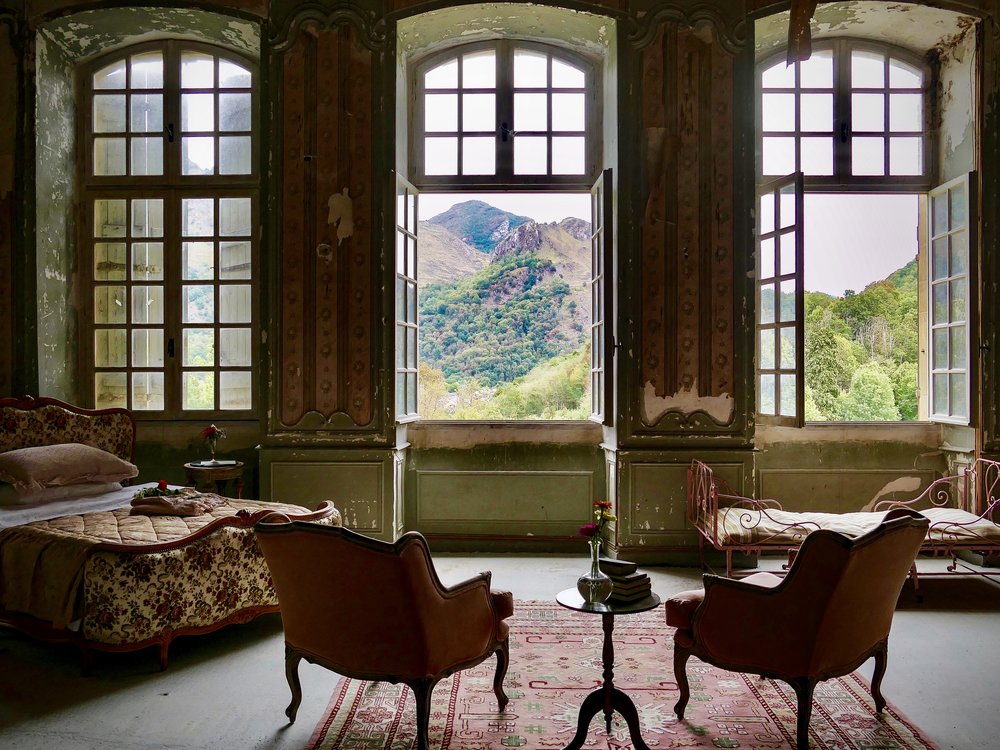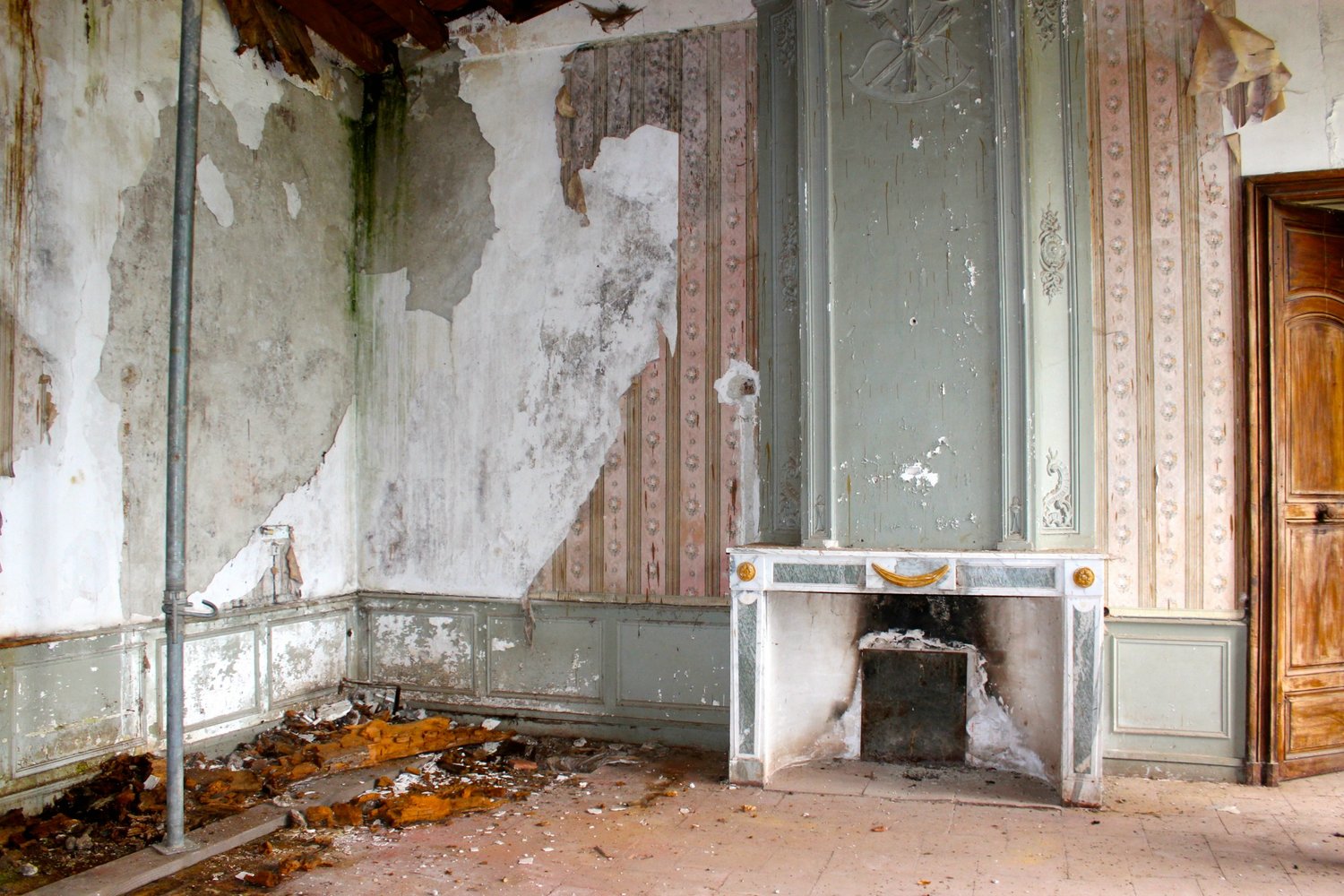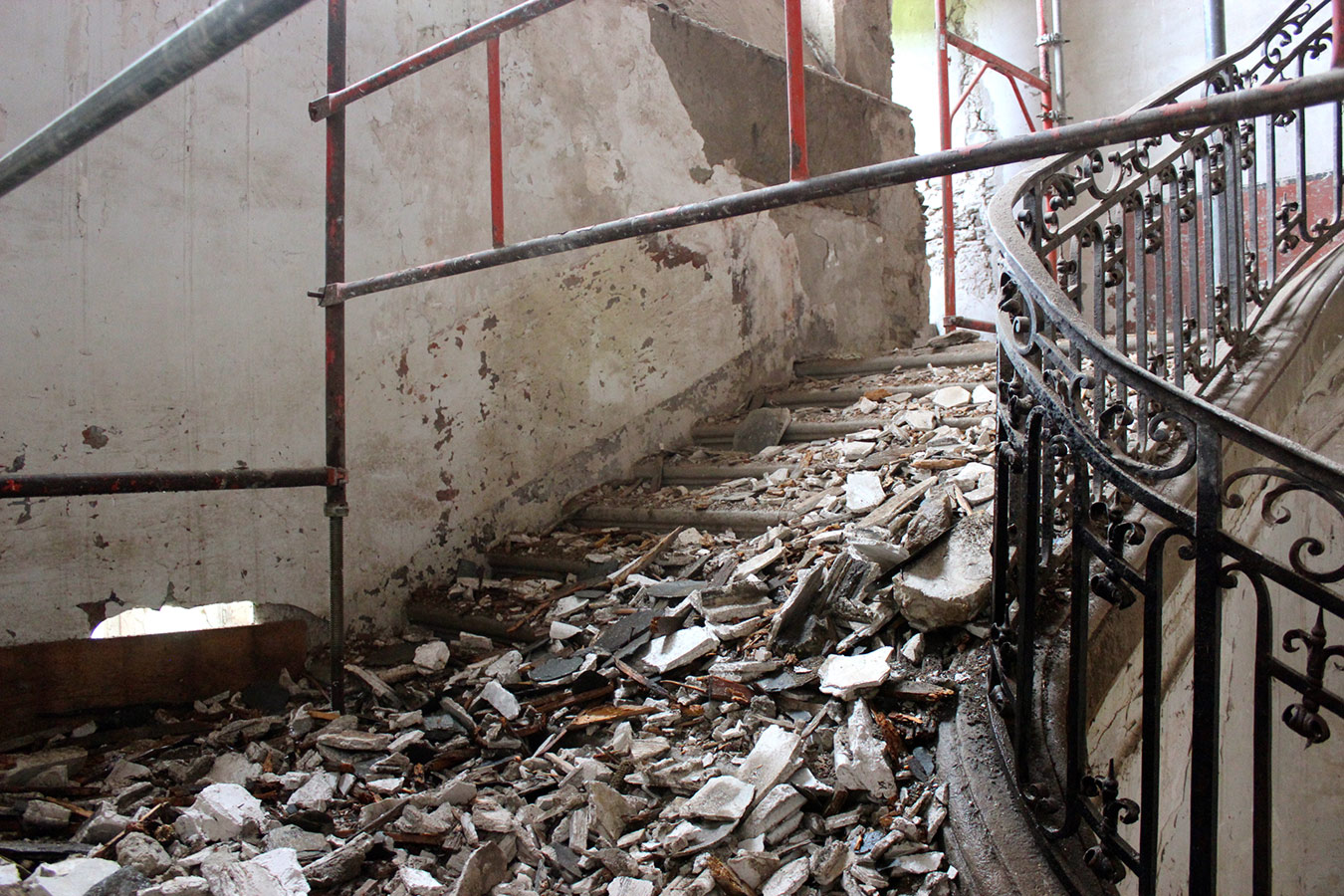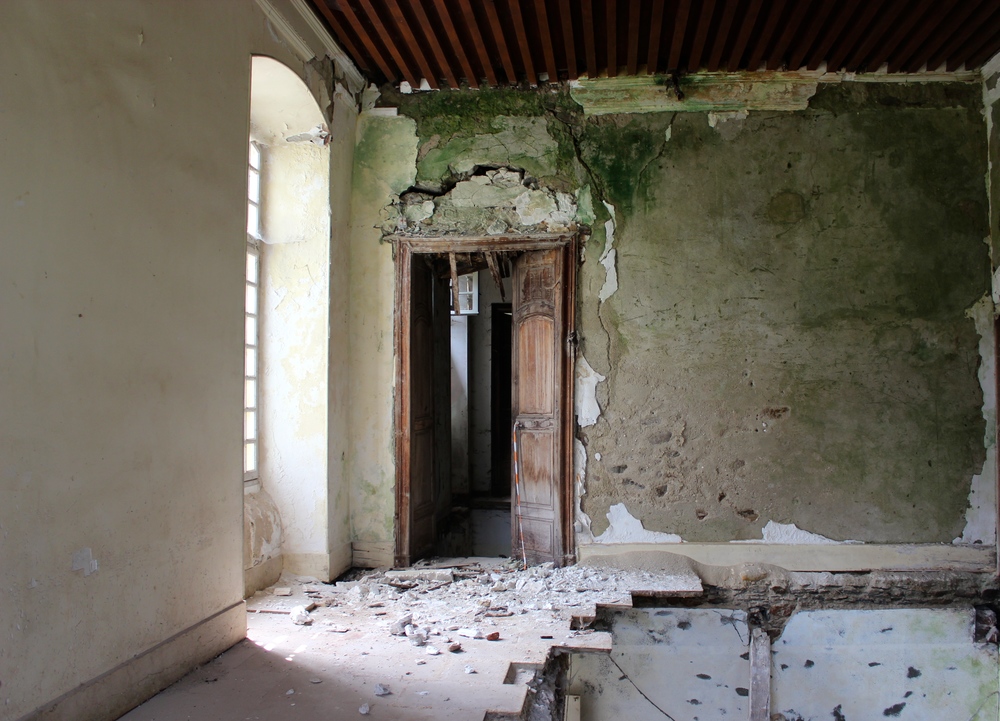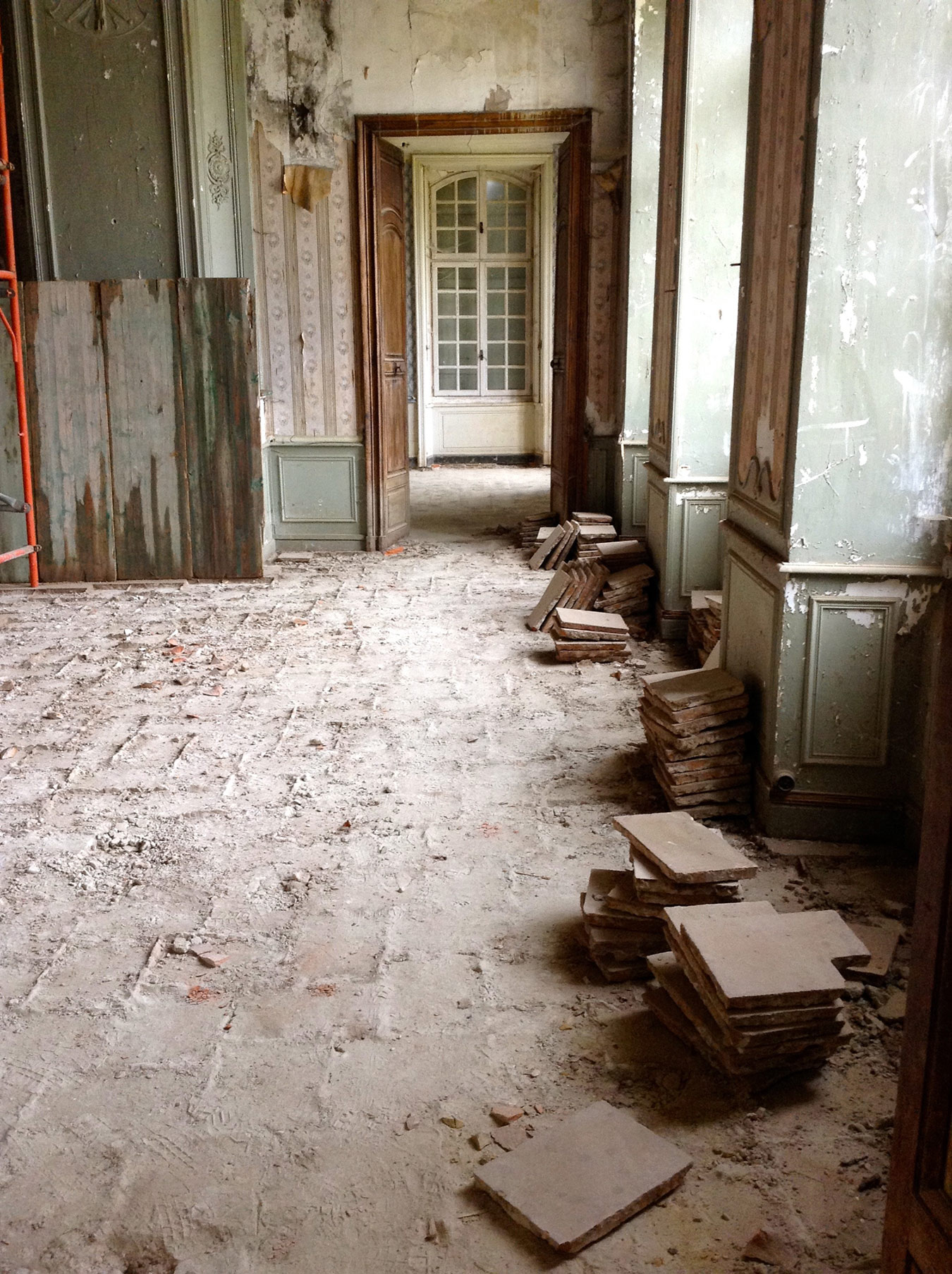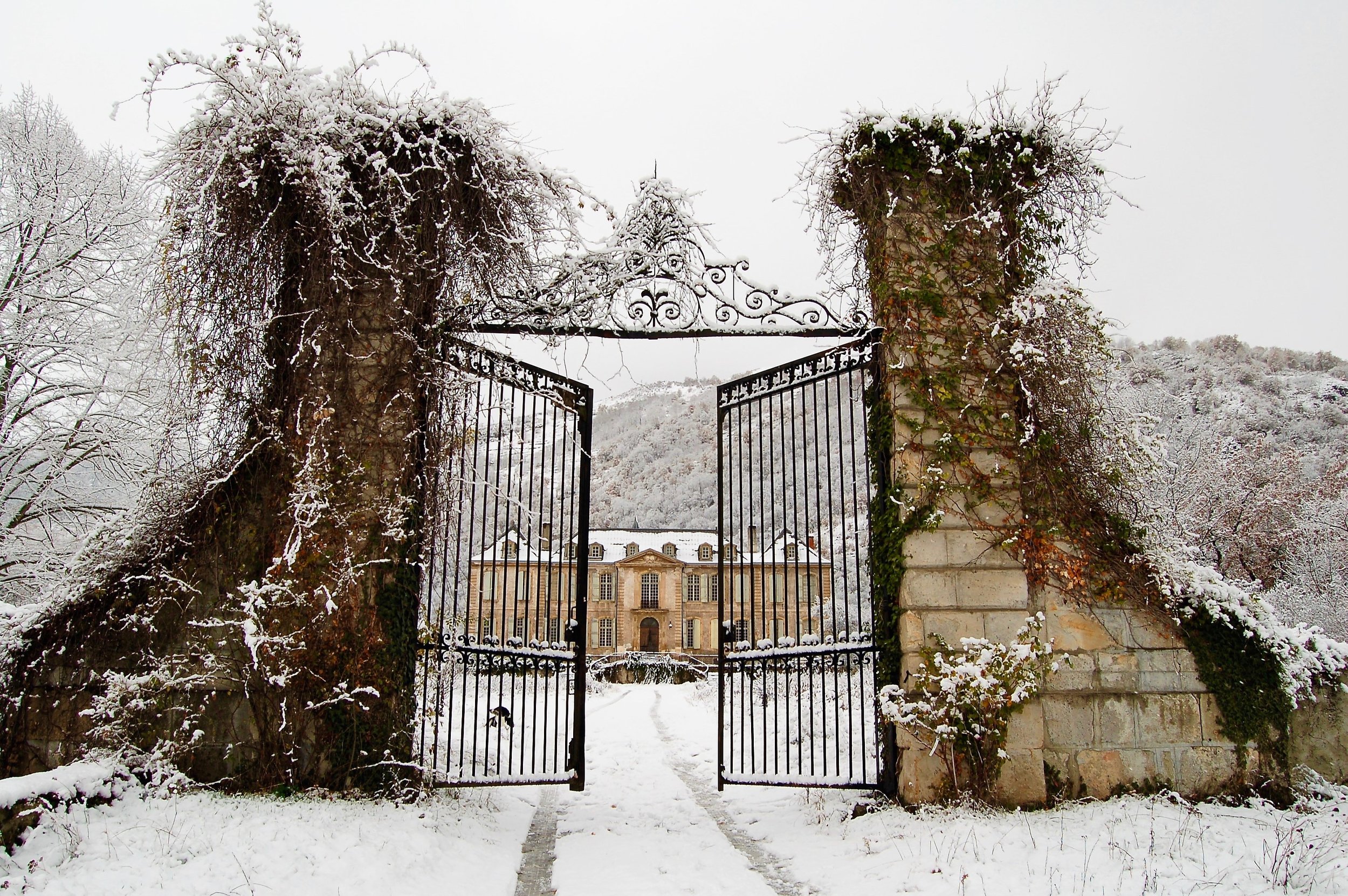Château de Gudanes
Regal renovation.
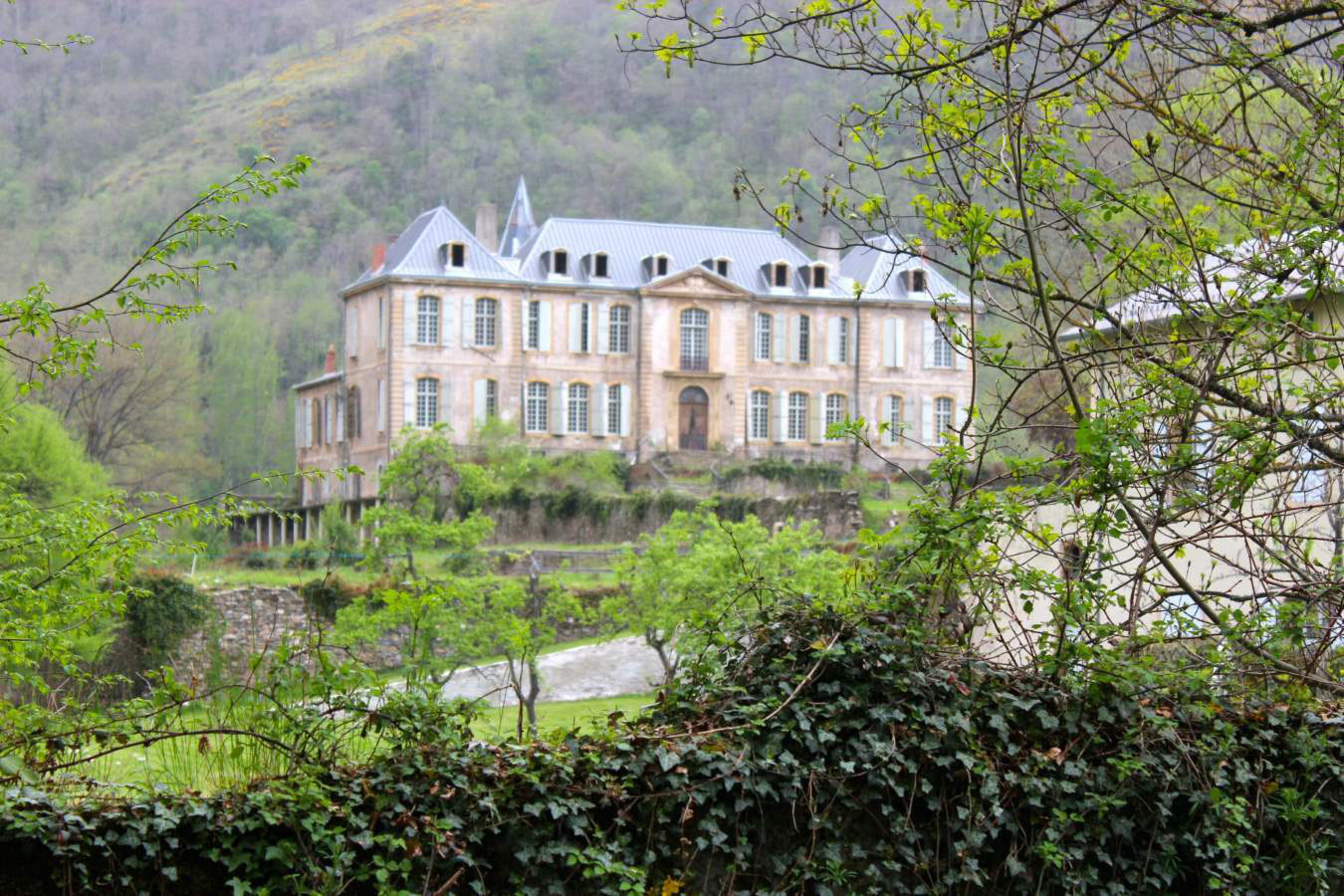
The Waters family from Perth, Australia, were seeking a “lock up and leave” holiday home, definitely not a fixer-upper, or a château, says Karina Waters. “The children had finished school, we wanted a change, and we loved the neo-classical architecture of France.” A chance sighting on the Internet drew them deeper and deeper into the south until they reached the Pyrenees Mountains.
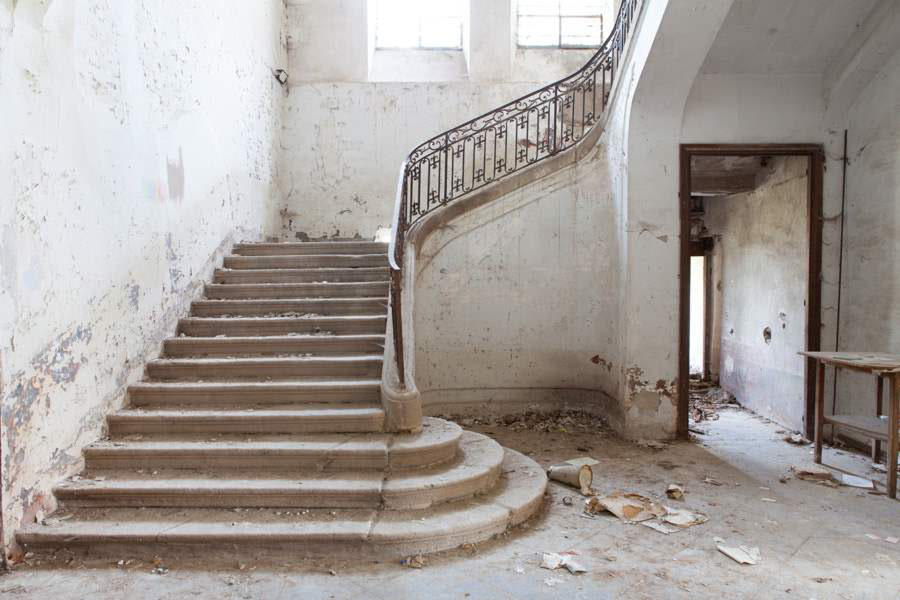
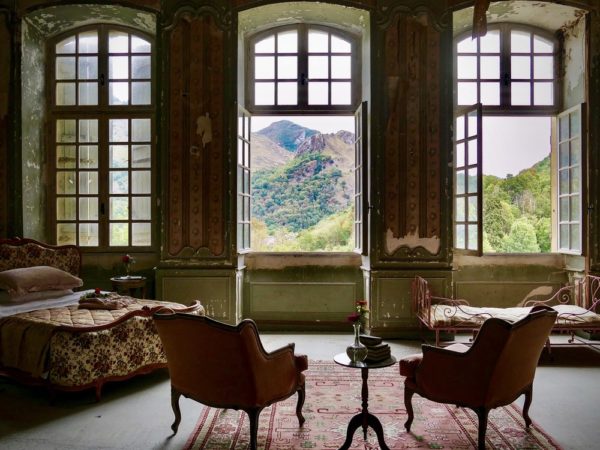
They had never seen peaks like this, or snow, or what stood, gleaming and mysterious, against its mountain backdrop. Originally a 12th century fortress, the structure had burned down, and then been rebuilt in the 18th century for Louis Gaspard de Sales, a wealthy nobleman known as “the king of the Pyrenees”. Classical, measured, serene, it was gorgeous from the outside but inside it was a ruin. Even though rubble six feet high hid the rear of the property from view, the couple still made an offer, taking on 4,000 square metres, not one of the 96 rooms habitable.
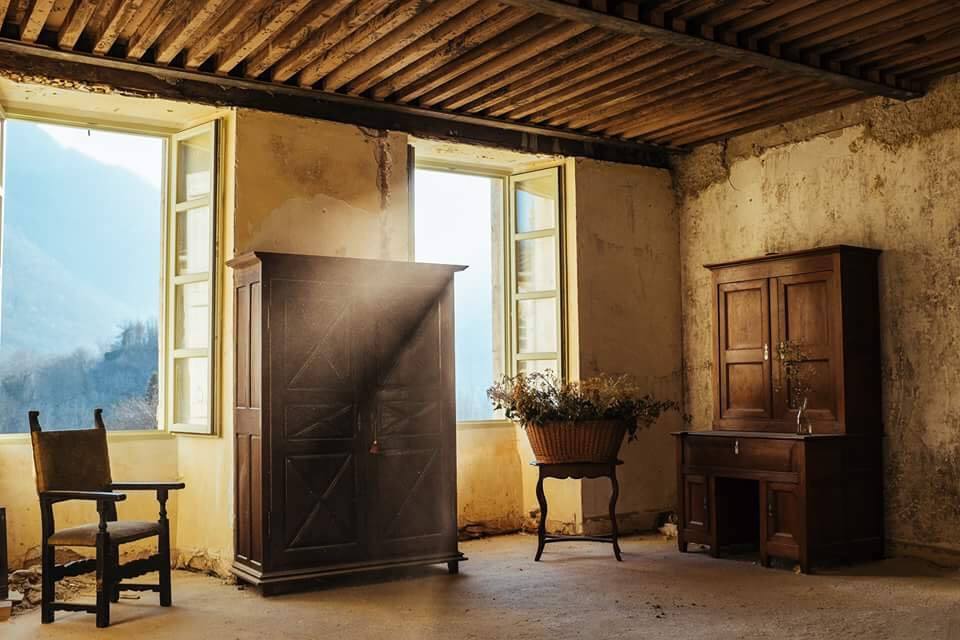

However faded its glory, the château oozed romance and history. Ange-Jacques Gabriel, then France’s leading architect (he designed Le Petit Trianon and has a wing at Versailles named after him), drew up plans for the neoclassical building in the mid-18th century. Aristocracy partied here. Laughter rang down its magnificent staircase. Over the years, the château passed from owner to owner, but in recent years had been empty when the couple purchased it from an English-Irish syndicate.
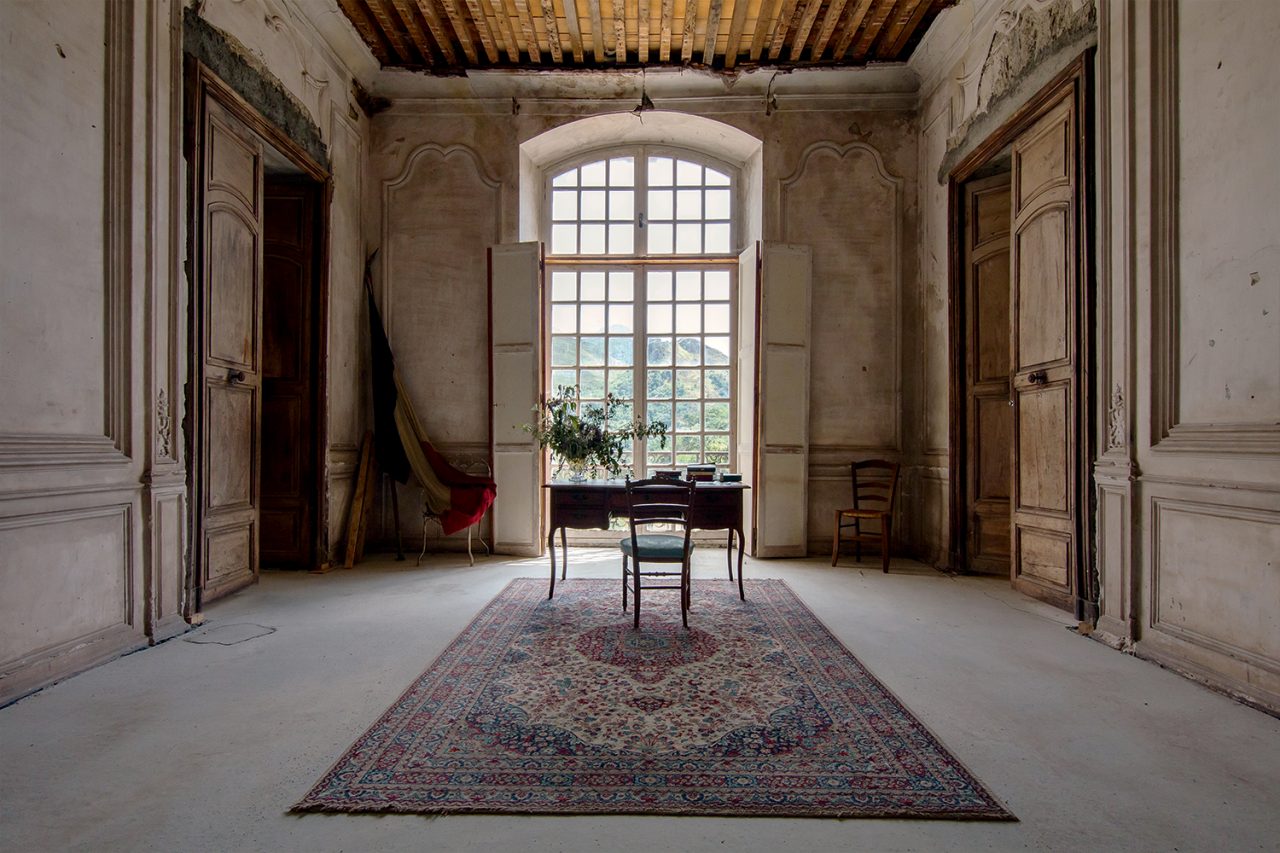
Karina helms the project, commuting between France and Australia. Her qualifications? None except passion and a willingness to go with the flow. Her background is in accounting and she admits to no construction experience beyond “saying what you like and don’t like”, as she did when the couple built a home in Perth. Backing her, she has the previous owner, who has signed on as project manager, and a Catalonian building team, chosen partly for their skill with local renovations.
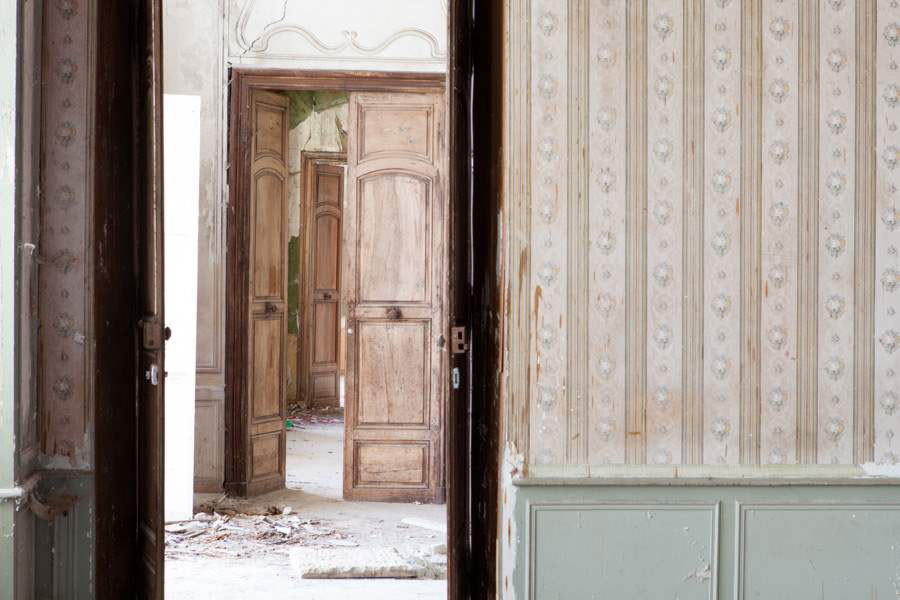
Begun last November, initial work was akin to hacking through bramble thickets to reveal the sleeping beauty. Demolishing internal damage uncovered painted walls, and hatches to compartments where a family who owned the château hid during the Second World War. Rooms were whittled down to 55. The goal is not to renovate but to restore the château, complete with time-created patina.
Only four rooms had intact floors. What wood could be salvaged will be relaid over steel beams once the underfloor heating is in. That’s the next stage. What Karina calls “the consolidation phase” is currently winding up. Once the roof, floors, and walls are safely secured, next comes electricity, heating, and plumbing: the family has yet to take a bath—or even sleep—in their new home. And there have been eye-opening surprises. “We thought the front façade was the bees’ knees, but the rear of the château has become the jewel,” says Waters, with mention of the discovery of frescoes and ornate ceilings.
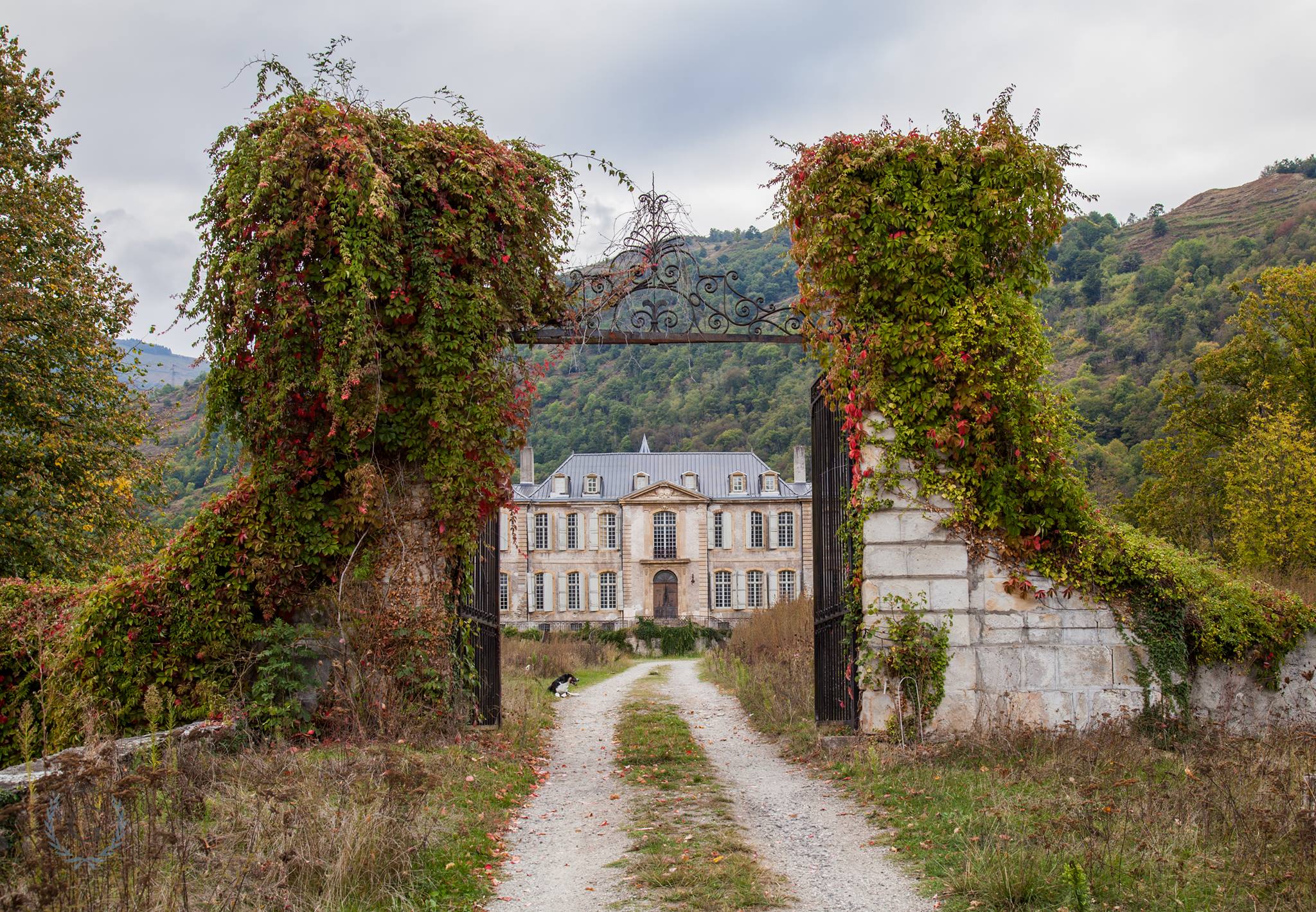
Response from local residents has been very positive, says Karina, who likes to invite passersby in “to have a look.” Even paperwork has not been that daunting, but more a process of “getting hold of the right person and explaining what we’re doing.”
She has planted 200 jonquils, daffodils, and tulips, but major taming of the 12-acre grounds is for the future, with terraces and paths to be rediscovered once she has ploughed through archives in search of the original design.
That’s the reality of château ownership. Still, says Karina, “people say all the time ‘we want to do the same thing’ but it’s not as easy as it looks. Better to rent for a year.” Even so, drawn to the dream, readers of her blog and Facebook page have already approached her. “I could be taking bookings now for workshops,” she says. Future plans remain fluid—a restaurant, a boutique hotel, who knows. The goal is to open a pop-up café in 2015, and host conferences by 2016. So far, everything is on schedule.
Whatever its eventual role, the château will always cast its magic, and Waters is under its spell. “Every time I walk in, or drive up, I can’t believe it.”
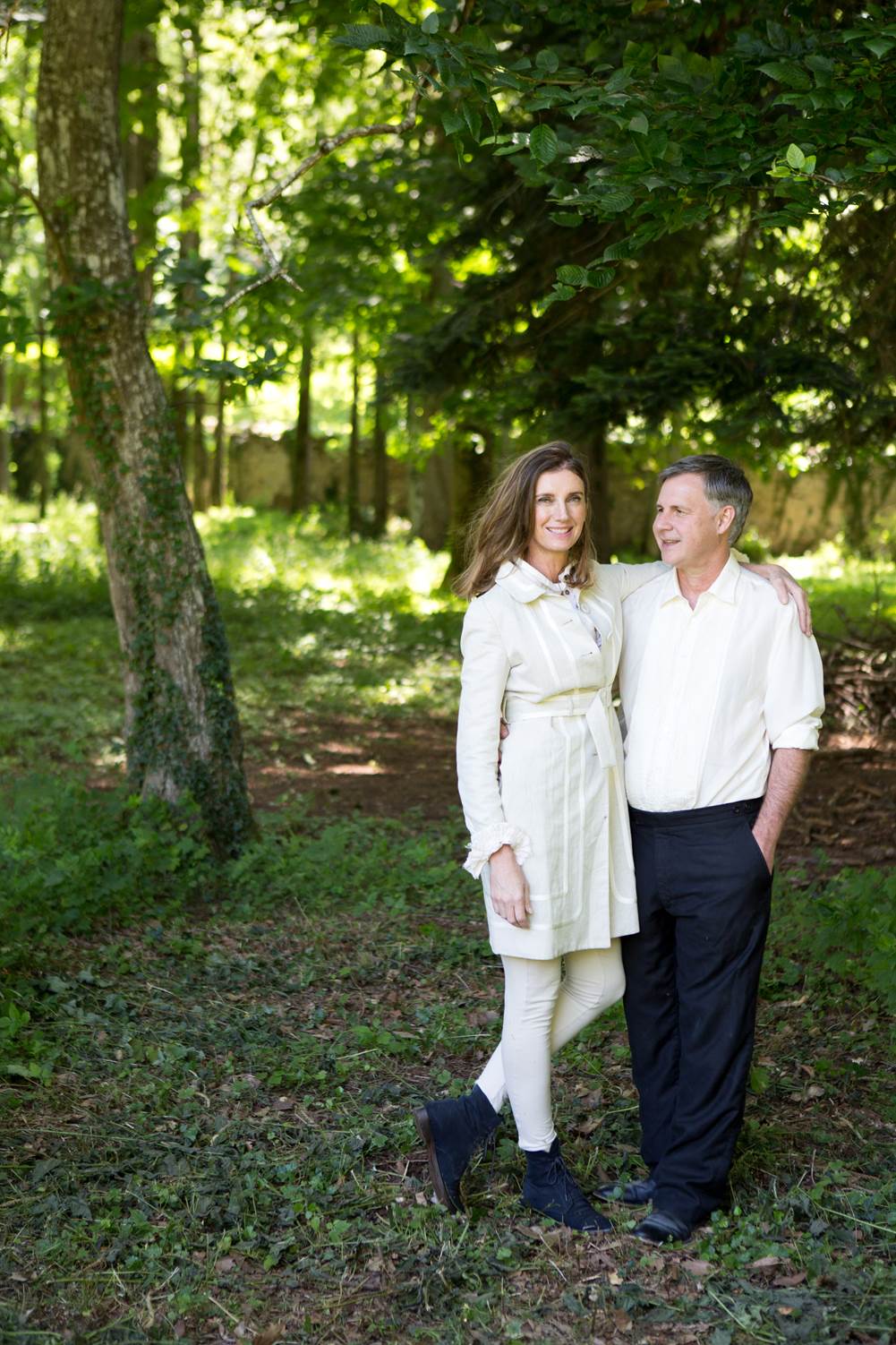
Château de Gudanes, 09310 Chateau-Verdun France, www.chateaugudanes.com.
This article was originally published on September 23, 2014.
_________
Never miss a story. Sign up for NUVO’s weekly newsletter.

